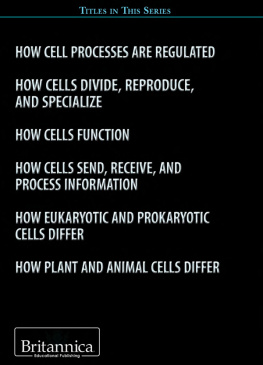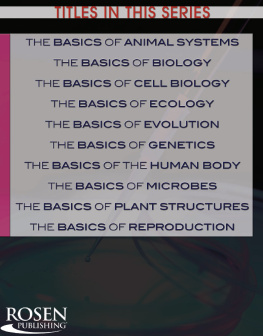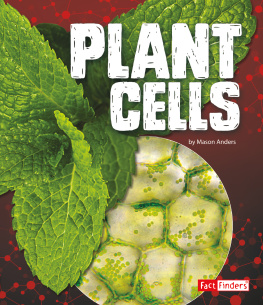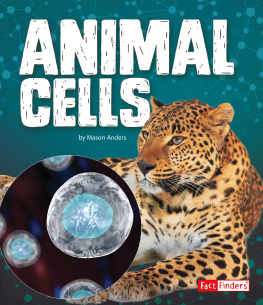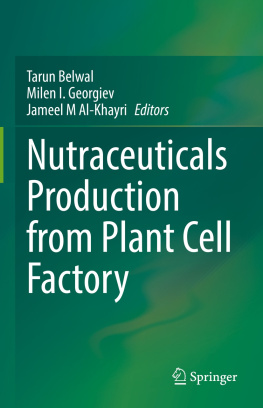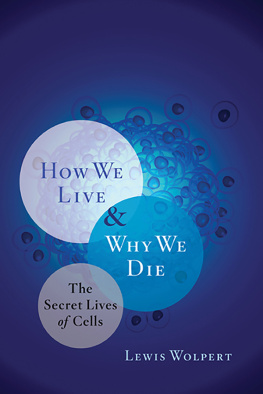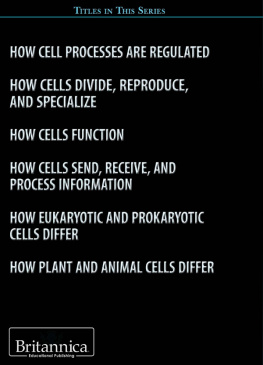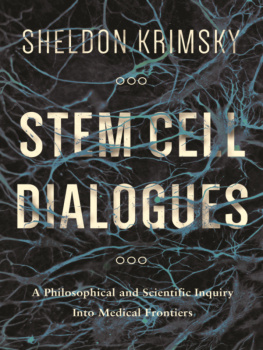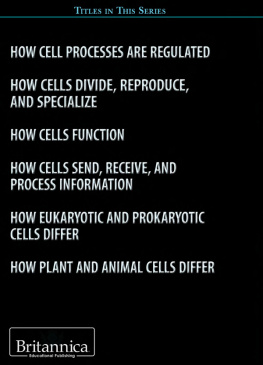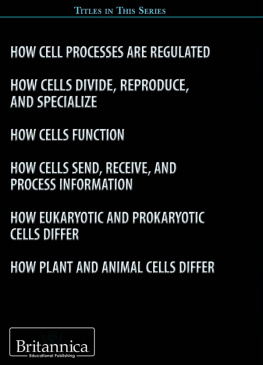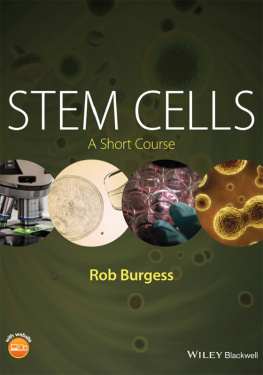
Published in 2015 by Britannica Educational Publishing (a trademark of Encyclopdia Britannica, Inc.) in association with The Rosen Publishing Group, Inc.
29 East 21st Street, New York, NY 10010
Copyright 2015 The Rosen Publishing Group, Inc., and Encyclopdia Britannica, Inc. Encyclopaedia Britannica, Britannica, and the Thistle logo are registered trademarks of Encyclopdia Britannica, Inc. All rights reserved.
Distributed exclusively by Rosen Publishing.
To see additional Britannica Educational Publishing titles, go to rosenpublishing.com.
First Edition
Britannica Educational Publishing
J. E. Luebering: Director, Core Reference Group
Anthony L. Green: Editor, Comptons by Britannica
Rosen Publishing
Executive Editor: Hope Killcoyne
Editor: Jeanne Nagle
Art Director: Nelson S
Designer: Nicole Russo
Photography Manager: Cindy Reiman
Photo Researcher: Karen Huang
Library of Congress Cataloging-in-Publication Data
Kaspar, Anna, author.
How plant and animal cells differ/Anna Kaspar and Judy Yablonski.First edition.
pages cm.(The Britannica guide to cell biology)
Includes bibliographical references and index.
ISBN 978-1-6227-5805-0 (eBook)
1. Plant cells and tissues--Juvenile literature. 2. Cell physiology--Juvenile literature. 3. CytologyJuvenile literature. 4. CellsJuvenile literature. I. Yablonski, Judy, author. II. Title.
QK725.K38 2015
571.6dc23
2014030445
Cover: background icholakov/iStockphoto.com; diagram silhouetted Eraxion/ iStockphoto.com
CONTENTS
W hat do a dogwood tree, a daffodil, a duck, and a dragonfly have in common? If you said that they are all living things, you are right. Living things are called organisms. As you might guess, organisms can be divided into various groups. Dogwood trees and daffodils are plants, while ducks and dragonflies are animals. Plants are frequently green and generally rooted in the ground. They make and store the food they need to survive. Animals move around and need to eat food to survive.
Of course, plants and animals arent the only kinds of organisms. For example, both mushrooms and the yeast we depend on to raise bread are fungi. Algae include a large variety of organisms, from those that appear as a green stain on damp rocks and tree trunks to those that form a fine scum on quiet ponds and the massive seaweeds that float in the ocean.
No matter what group organisms belong to, they are all made of cells. A cell is the smallest unit of living matter that can exist by itself. The smallest organisms consist of just a single cell. Examples of single-celled organisms include Streptococcus pyogenes, the bacteria that gives people strep throat, and Lactobacillus acidophilus, a kind of bacteria that is found in most yogurts. Unlike bacteria, animals and plants are multicellular, meaning they are made up of many cells. In fact, a single person or a tree contains many billions of cells.

Both this giraffe and the tree it is browsing on are organisms. Organisms can be found in every type of habitat on Earthon land and in lakes, rivers, and oceans. Piotr Gatlik/Shutterstock.com
The cells in multicellular organisms have certain recognizable parts in them. Each plant or animal cell has a nucleus, which serves as the cells command center. It also has organelles, which are small, organ-like parts that have particular functions. While some organelles can be found in every kind of cell, others are found only in plant cells or animal cells. There are also other differences between plant and animal cells that make it possible to tell them apart.
While these differences are not terribly hard to spot, youll need a good microscope to do so. Most cells are tiny. You might be able to see an unusually big plant or animal cell with your bare eyes, but you wouldnt be able to see any detail. Cells are so small that they are usually measured in microns (m). A micron is equal to one millionth of a meter. There are about 25,000 microns in 1 inch.
Animals and plants are highly complex organisms. Not only do they consist of massive numbers of cells, but they are also made up of a variety of kinds of cells. Some of these cells are specialized, which means they are each suited to a particular job. For example, blood cells carry oxygen and carbon dioxide around your body. The wide variety of cell types allows each cell to do its specific job and contribute to the survival of the whole organism.
Groups of similar cells that work together to carry out a particular function are called tissues. For example, animals have muscle tissue, nerve tissue, and bone tissue, while plants have vascular tissues, known as xylem, and phloem. Together, many types of tissue work together to sustain a living organism.
T hough they are different in some significant ways, plant and animal cells also have many things in common. Plant and animal cells are both eukaryotic. Eukaryotic cells contain a membrane-bound nucleus and organelles. The nucleus contains the cells genetic material. Other cells, such as bacteria and archaea are prokaryotic, meaning that they lack organelles and a nucleus and their genetic material floats freely around the cell.
The organelles of eukaryotic cells are surrounded by membranes. These are like outer skins that filter material in and out of the organelles. Along with plants and animals, protozoa, algae, and fungi are all made up of one or more eukaryotic cells.

These side-by-side diagrams of a plant cell and an animal cell make it clear that the two kinds of cells contain many of the same organelles. blueringmedia/iStock/Thinkstock
THE COMMAND CENTER
The nucleus is the command center of the cell. If a cell were an airplane, the nucleus would be the cockpit where the pilot sits. Located near the middle of the cell, the nucleus stores genetic information known as deoxyribonucleic acid, or DNA. The nucleus is wrapped in a double membrane that has pores, or holes, that let the genetic information pass from the nucleus to the rest of the cell. It is the largest structure in most animal cells and is clearly visible in both plant and animal cells seen under a microscope. Inside the nucleus is a round body called the nucleolus. The nucleolus produces material known as ribonucleic acid (RNA) that is transported out of the nucleus to other parts of the cell.

All eukaryotic cells contain a nucleus. Inside the nucleus is a syrupy nucleoplasm that contains the threadlike chromatin, which contains the cells DNA. Encyclopdia Britannica, Inc.
The cells organelles are controlled by information generated in the nucleus. The organelles each have their own specific role in keeping the cell alive. Some organelles make products for other cells to use, while others deal with waste and building materials.
KEY ORGANELLES
Most of the cell is made up a jellylike substance called cytoplasm. The cells organelles float in the cytoplasm. A mesh-like network of fibers called the cytoskeleton crisscrosses the cytoplasm. It gives cells shape, anchors some organelles in place, and directs the movement of organelles. Because of its many varied functions, the cytoskeleton is often referred to as both the bones and the muscles of cells.

